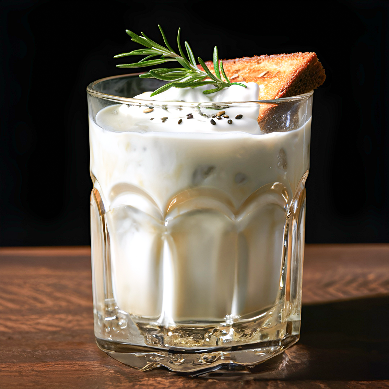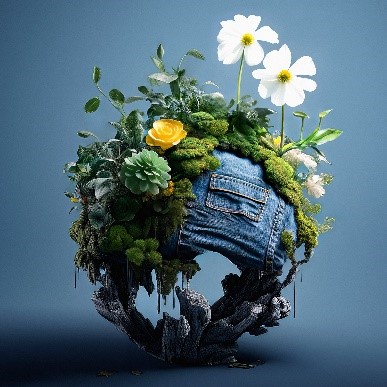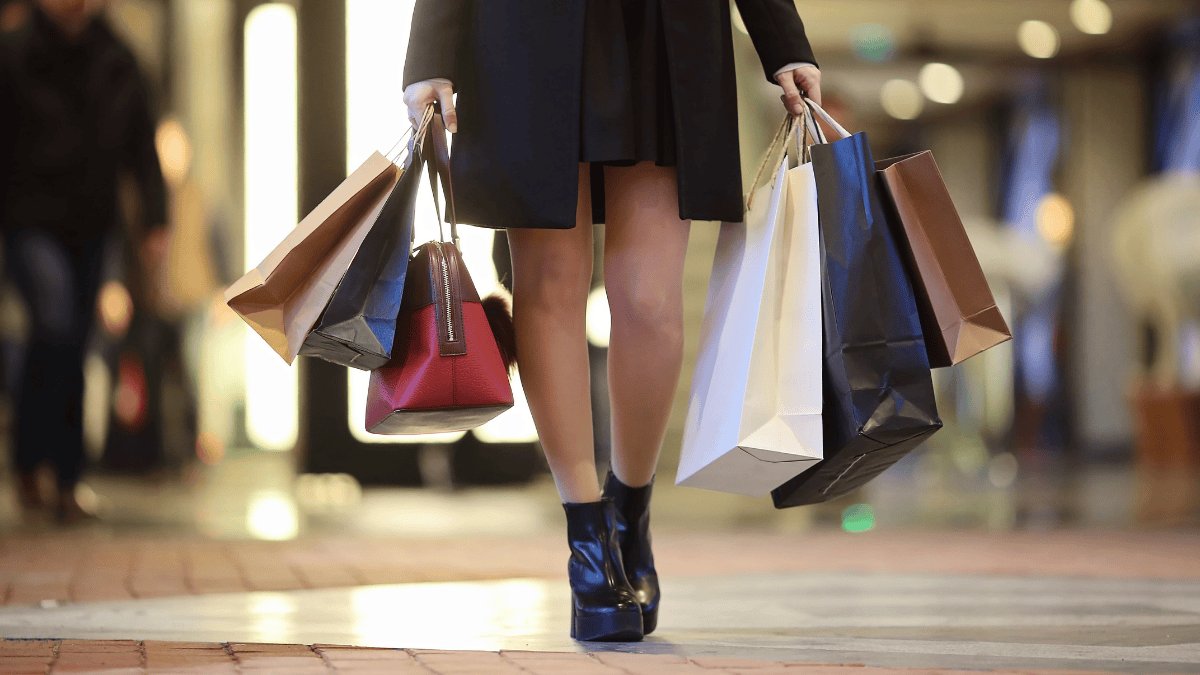From sustainable beauty practices to multi-species homes and food-inspired drinks, WGSN calls out 13 key trends that will define consumers’ lives for 2024 and beyond.
WGSN, a global authority on trend forecasting, has unveiled the top trends in consumer behaviour and product development for 2024 and beyond.
The 13 trends reveal the future of consumer behaviour, where a continued focus on sustainability and the circular economy is set to shape the consumer landscape, alongside the evolution of indoor spaces as the cost of living continues to rise.
Jess Tang, Senior Consultant, APAC, WGSN, stated: “Data shows some categories and industries in APAC are recovering faster than others, showing the market is picking itself back up. 2024 will see people continuing to seek excitement and sensorial stimulation, countering the feeling of future uncertainty. Designing a sense of discovery and immersion will be key, engaging all senses and capturing imagination of what’s to come. Despite the caution we are seeing in the market, we remain optimistic for the long-term prospects of APAC, as there is a lot of room for product innovation.”
The 13 key consumer insights to watch for in 2024 and beyond are:

AI co-creation – The rapid evolution of generative AI (GenAI) has impacted how digital products are designed and built while enabling people to become content creators by lowering barriers to entry. A recent study from MIT showed that the introduction of GenAI tools to the workflow of designers improves productivity. With no-code/low-code AI, designers can spend more time focusing on the creative aspect of the work and less on the technical aspects of coding, as AI will enhance process control. Organizations will need to review processes and protocols to welcome a new type of worker, one who is comfortable handling these tools and has an attitude of experimentation.
AI assistants – AI tools are supporting consumers with the chores they don’t want to do. The new Dream House tool from US company realtor.com helps users envision and locate the house of their dreams via a search engine. Users visually describe their ideal home and the site generates an image and pulls up available listings that visually match it. Dutch travel e-tailer booking.com has unveiled a ChatGPT trip planning tool in its app to help users plan holidays. AI is also being employed for personal shopping and life coaching, and support for menial tasks is now emerging in the workplace. US media sites Buzzfeed and CNet have leveraged AI for content creation, while Coca-Cola has launched a project to use AI holistically across its business.


Auto-tainment – Seamless tech and smart assistants will bring the capabilities of the living room to cars, making them mobile third spaces offering immersive gaming and entertainment. Flexible configurations, lounge seating and elevated materials will proliferate, alongside wellness-boosting olfactory and lighting effects.
Social learning – Social learning spaces combine collective experiences with education opportunities, and the popularity of bookstore-cafes in Asia reflects a growing appetite for such experiences. These institutions may replace the campus or office in an increasingly remote world, but speak to individuals’ passions, niche interests and curiosities rather than their professions, helping them find like-minded communities.


Thrift-dult – City dressing for a new generation, this trend fuses personal style and professional identity for a fresh, playful spin on nine-to-five dressing. Office dressing gets turned on its head, and key to this look is the mixing of the thrift and the new eclectic DIY styling and craft-led customization. Style-aware thrift-dulters use their brand-new buys to pull this vision together with a fashion twist, making sure each purchase can take them from client meetings to midweek drinks. The look has all the hallmarks of nonconformity and inclusivity you would expect from Gen Z, with gender-inclusivity central. Blazers, pinstripes, ties, and ‘80s shoulder pads form the basis of thrift finds, while reworked and twisted tailoring offers a high-fashion take on city dressing for a new generation.
Multi-species home – Multi-species homes respond to an emerging nontraditional family and are applicable across all generations, from Boomers and Gen X empty-nesters who adopt birds, cats and dogs, to Millennials and Gen Z who see their pets as children and their plants as companions.


Meals as drinks – As demand for more savoury tastes and new sensorial experiences rises, mixologists are embracing bitterness, spice and salinity, and using classic meal profiles for drink flavours with umami deliciousness. Make mine a Cold Pizza, or perhaps Thai Beef Salad.
Third-culture cuisine – Globalization is giving rise to a wave of third-culture chefs, whose food is a mix of inherited culinary traditions and the food cultures they were raised with or work in. By 2024, a diverse mix of third-culture cuisines will become established genres in their own right, with dishes and flavors inspiring new packaged goods. Look to innovators such as Bea Malherbe, focusing on Japanese-South African cuisine and layering local game and produce with global culinary influences for dishes such as Outeniqua springbok with kabocha squash and Hokkaido pumpkin, or LA’s Nankai Shochu, a Japanese distilled spirit sometimes described as a cross between vodka and whisky, which can be combined with Italian aperitivo spirits to create wafu – Japanese-style Italian cocktails.


Biodegradable denim – With more than 2 billion pairs of jeans created globally every year, it’s essential fashion waste can safely biodegrade in natural environments. Leading denim brands are tackling apparel waste with diverse solutions, such as biodegradable stretch denim.
Plant milking – As the need for alternative ingredient sourcing drives a revolution in sustainable beauty, plant milking will thrive. This non-destructive, aeroponic cultivation method extracts the active ingredients from the plant’s roots several times a year, maximising yields and minimising land and water use.


Backyard beauty – As sustainability shifts focus to preservation, soil will be recognized as a vital resource to be protected and replenished. Sustainable beauty brands will encourage caring for soil as we would our skin, implementing circular systems and regenerative farming, and making use of ‘soil saviours’ such as microbes and worms. Soil and insects will be embraced as alternative and abundant sources of beauty ingredients, rich in skin-beneficial actives. In packaging, active compostable materials that release soil-beneficial elements such as nitrogen and potassium when composted will gain traction.
Curtains – After years of devotion to the window, consumers will start to seek out curtains once again. In a time of climate crisis, new phase-changing materials protect against increasingly extreme temperatures and can even help purify the air. Once considered old-fashioned, curtains will be the newest must-have for homes to refresh rental spaces and those in need of a budget-friendly makeover – or as the final touch to rooms updated in the early pandemic days.


Apricot crush – WGSN’s Colour of the Year for 2024 is a psychological mood booster, a warm and restorative hue that reflects a growing focus on holistic lifestyles. A rebalancing bright with an activating vitamin-inspired tone, it’s an inspiring hue for uncertain times.
Developed using its proprietary methodology to identify the signals of change and evaluate, verify and forecast trends, WGSN works with over 250 industry experts globally to map influencers, disruptors and changemakers to deliver clear and specific action points. WGSN’s consumer sentiments are selected using WGSN’s unique STEPIC framework: examining changes in society, technology, the environment, politics, industry and creativity to identify the macro forces that will drive the emotional sentiments in years to come.


















